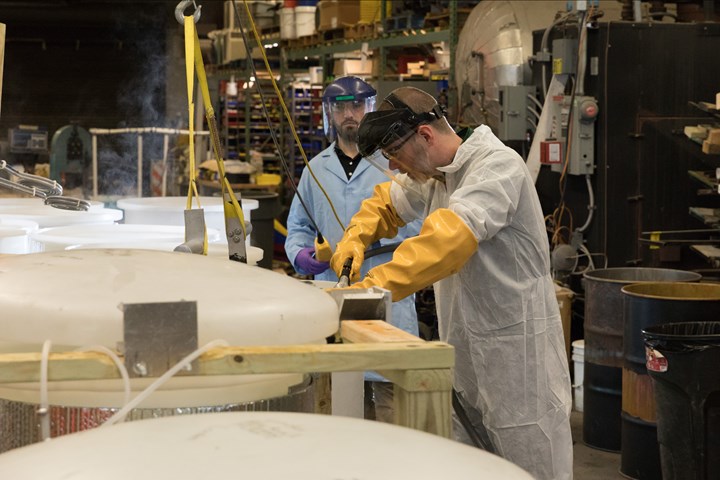
As discussions with the California Air Resources Board (CARB) continue over proposed hexavalent chromium regulations, many metal finishing operations in the state of California are thinking about the considerations and ramifications of switching to alternate technologies. The conversation isn’t a new one for the industry, but this latest regulatory battle is the latest in changes that finishing operations constantly find themselves navigating.
Simply making a switch to alternative technologies is not a simple matter. A lot goes into those decisions from cost to efficacy for the given application to customer demands.
In this episode of On the Line, we hear from LumiShield Technologies CEO David Luebke and Senior Scientist John Watkins Ph.D, who over the past decade have been working to bring one such alternative technology to market. The company’s Lumidize process is said to be a replacement for surface preparation technologies containing heavy metals and phosphates. We’ll discuss how the process works, and also hear about the challenges of getting new chemistries proven and accepted in the market.
It’s an interesting conversation that ties into the larger discussion surrounding alternative finishing technologies.
Learn more about LumiShield and its Lumidize technology: lumishieldtech.com
Related Content
-
A Chromium Plating Overview
An overview of decorative and hard chromium electroplating processes.
-
How to Maximize Nickel Plating Performance
The advantages of boric acid-free nickel plating include allowing manufacturers who utilize nickel plating to keep up the ever-changing regulatory policies and support sustainability efforts.
-
Possibilities From Electroplating 3D Printed Plastic Parts
Adding layers of nickel or copper to 3D printed polymer can impart desired properties such as electrical conductivity, EMI shielding, abrasion resistance and improved strength — approaching and even exceeding 3D printed metal, according to RePliForm.










